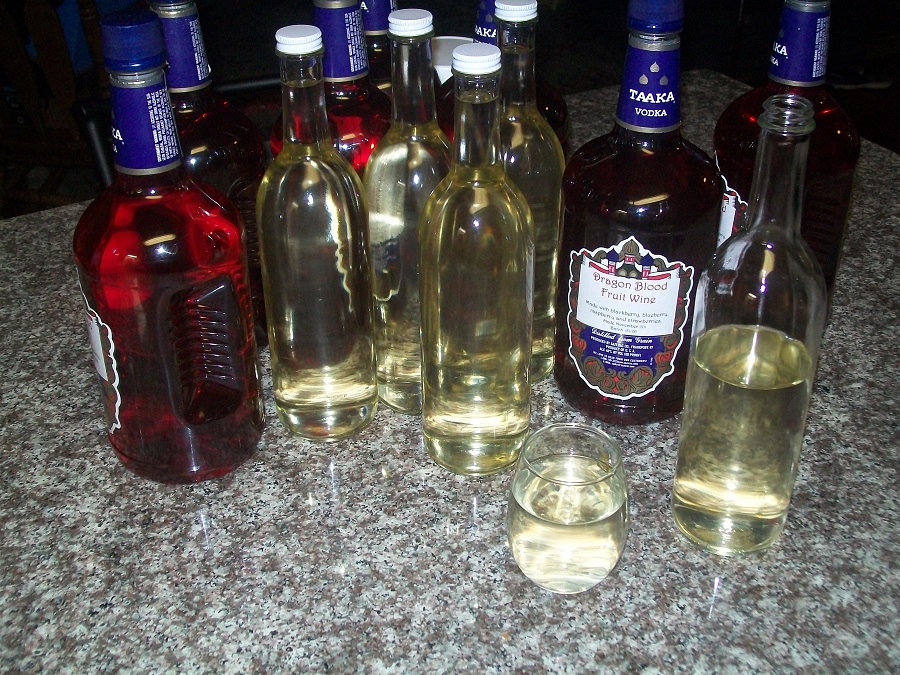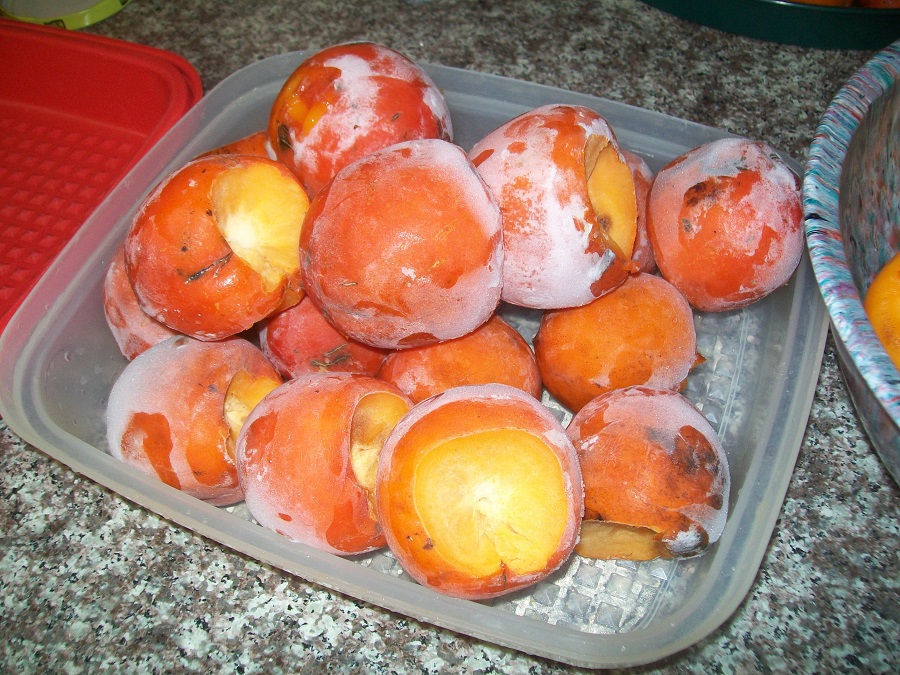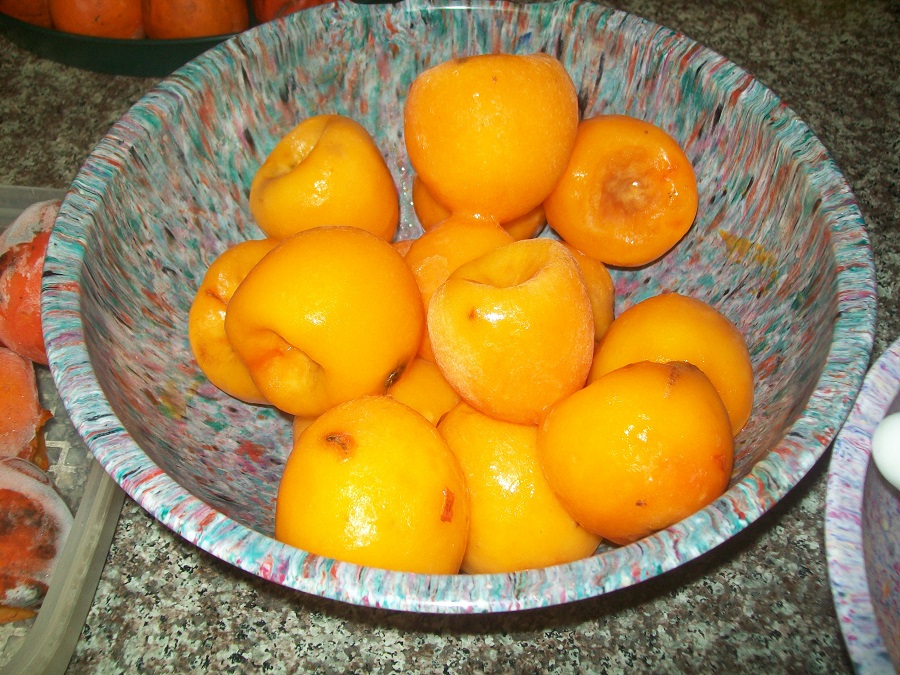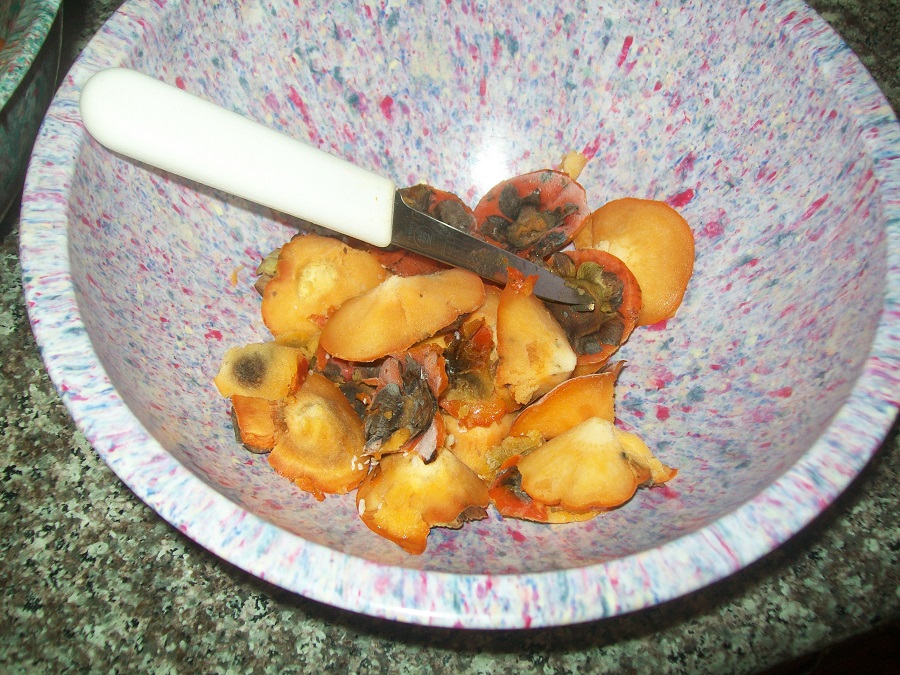RadRob
Member
I wish I had all those answers but I don't. This is new to me and I followed JKellers recipe. I have since bought a refractometer and a hydrometer. I don't know which one to trust either. I calibrated them both with distilled water and they both read different so I've been using the hydrometer thinking that one is probably better.
Why do most recipes I found call for racking at 1.030 but I've read I should let it go down to 1.010 or lower? IS that for just fruit wines? Confusing trying to figure it out especially when you follow recipes.
Here's all the info I recorded since It started. I hope you can figure something out and explain it to me so I know in the future. Thanks!
Nov 3rd Started the wine and let sit 24 hours
Nov 4th dropped the yeast, used lalvin K1-V1116
Nov 9th tested SG=1.065, hydrometer came in
Nov 11th Racked into gallon jug SG was 1.030
Nov 12th Added 6oz of honey and stirred good to dissolve
Nov 19th SG is at 1.020
Why do most recipes I found call for racking at 1.030 but I've read I should let it go down to 1.010 or lower? IS that for just fruit wines? Confusing trying to figure it out especially when you follow recipes.
Here's all the info I recorded since It started. I hope you can figure something out and explain it to me so I know in the future. Thanks!
Nov 3rd Started the wine and let sit 24 hours
Nov 4th dropped the yeast, used lalvin K1-V1116
Nov 9th tested SG=1.065, hydrometer came in
Nov 11th Racked into gallon jug SG was 1.030
Nov 12th Added 6oz of honey and stirred good to dissolve
Nov 19th SG is at 1.020














